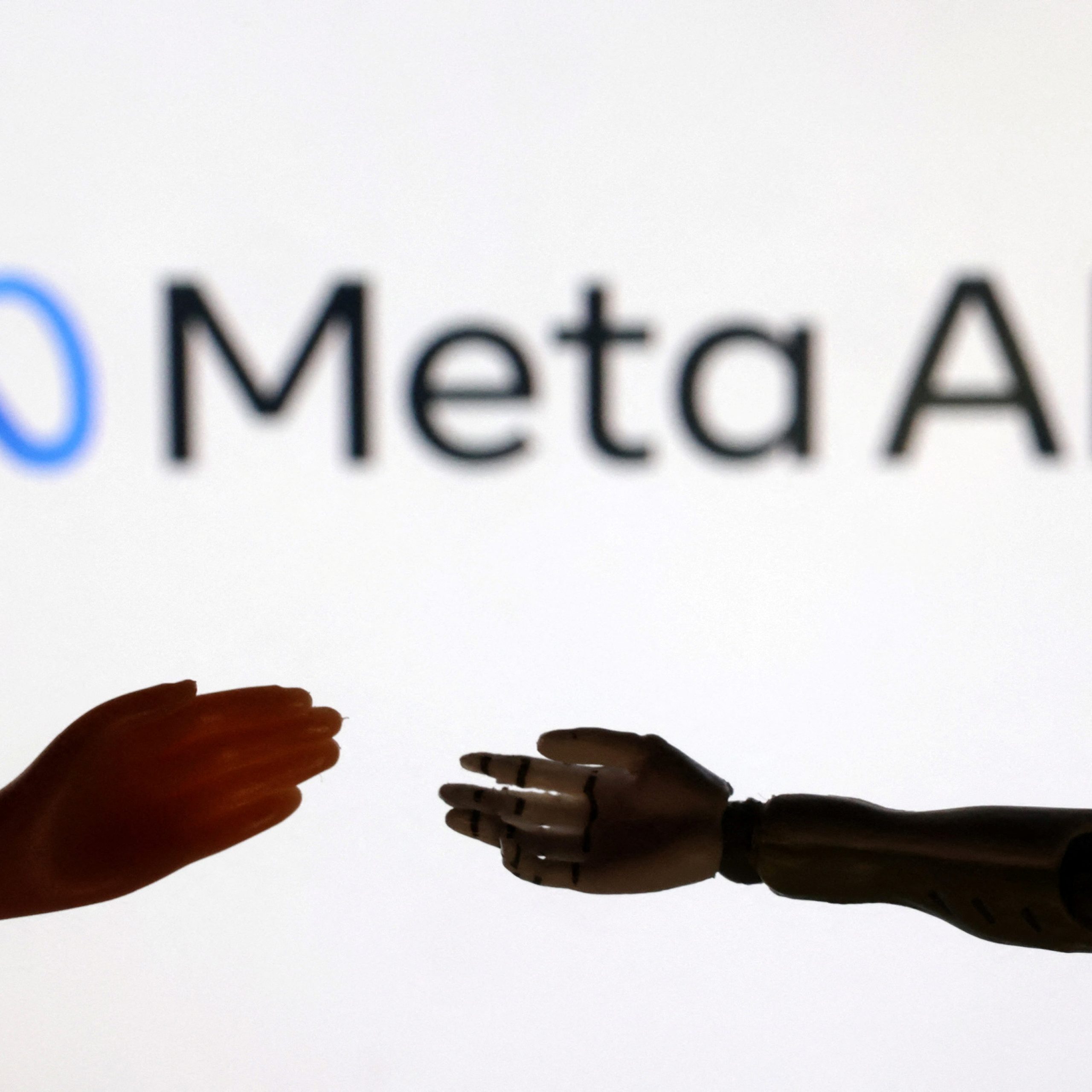Compliance management is typically a risky endeavor, made even more so in large firms where hundreds of suppliers must be managed. Nowadays, businesses outsource their essential services to thousands of vendors worldwide. You must be aware of the risks involved in working with each one of them as a compliance team member. In order to accomplish that, you could need to comprehend each and every one of them in terms of ownership structure, material sourcing, manufacturing location and process, and a plethora of other details.
Since there is a staggering amount of information spanning several risk domains, risk managers will need to process enormous amounts of data sets. Risk managers must gather information, comprehend it, and then apply it to their regulatory environment. It is truly impossible for people to handle this data overload on their own.
Leveraging AI for proactive risk management – insights from Jenna Wells
Jenna Wells, Chief Customer and Product Officer of Supply Wisdom thinks AI is best suited for this one as well. It can assist with such a huge, apparently unachievable task when human supervision is provided. To truly grasp one, let alone the data sets that you must handle, you must use tools like artificial intelligence (AI) and systems that employ AI together with human intervention. Upon mastering the capability to analyze astronomically vast datasets, comprising millions of data points, in close to real-time, artificial intelligence will require a comprehensive grasp of enterprise risk.
So you can use AI to understand the true risk that your company faces, everything from cyber, compliance, ESG, operational, and location risk, it really empowers you to be proactive in your risk management and then actually start looking at cascading risk and predictive analytics using these AI tools. Right now so many firms are so reactive in their risk management programs as they are always trying to catch up because so much data is available or they need to collect.
Organizations can comply with regulations far more quickly thanks to AI than they could if they didn’t use any of the existing platforms. To accurately handle all of the changing rules, you truly need a large number of staff. The idea behind risk management is that artificial intelligence (AI) makes it possible to fully comprehend the risk that an individual is facing and then concentrate on the areas that are significant to them. This includes taking massive amounts of data from the internet and reducing it to what is relevant to their company, their vertical, their risk appetite, or their procedure.
Obtaining data and processing it
Yet another important aspect is that AI requires huge amounts of data sets and typically compliance management doesn’t have that generally. So, we have to see if compliances have that data sets available to be processed and AI to be workable. There are two components, if they do have the data, we can assume it is from multiple disparate sources, what it means is an internal platform.
A third-party risk manager or the contractual repository owned by the procurement professional, or procurement subject matter experts may contain some of the data required by compliance professionals. Another set of data may be stored in governance risk management platforms. The information security team may store the third set of necessary data in the cyber threat management. Therefore, even if the data is available, it is not readily available to them because it is located in isolated sources.
On the other hand, when examining the shifting global geopolitical and regulatory landscape from the outside, they lack the data, therefore in order to get that dataset, you actually need to use outside resources and technologies like artificial intelligence. Technology-driven suppliers excel at compiling data and assisting the compliance team in extracting meaningful insights from it. But first, you have to get the data before you can drive those.
The first step in really understanding your exposure and ensuring that compliance is meeting all regulatory requirements is to use AI to gather internal documentation from those desperate sources, consolidate it, and then marry it to external sources—all of which are available on the public internet these days.
Once again, the secret to reducing the noise is what AI can accomplish once it has access to all of those data sets. It enables you to rapidly recognize some newly emerging regulations that you may eventually have to abide by. You’ll be much more proactive in all of your outreach efforts as you get more at ease with AI and combine those artificial capabilities with the knowledge of human experts on your team. This will help you stay informed about the environment and what has to be done next.
Collaboration for regulatory adaptation in compliance management
Regarding regulations, technological innovation—more especially, artificial intelligence (AI)—has surpassed them, but this is beginning to change. Although it’s not too early to begin planning, if businesses are starting to do so now in anticipation of the October 2023 regulation, specifically the EU AI Act, they will already be behind schedule.
The regulations are on the way; enterprises that enable themselves to proactively manage risk will have an advantage and be able to proactively set up their programs. The White House released an Executive Order on the secure use of AI. In order to ensure that all of their essential suppliers are using AI correctly, businesses must band together and develop a single enterprise cube for managing and utilizing AI both internally and outside. And if they are following the rules if they are utilizing as well.
As we talked about companies working together internally, it’s equally important for them to get together with other companies in the industry to see what each other is doing to ensure that not only are internal programs protected, but also third-party supply chains, and that government agencies enacting these regulations and auditors are working together.





